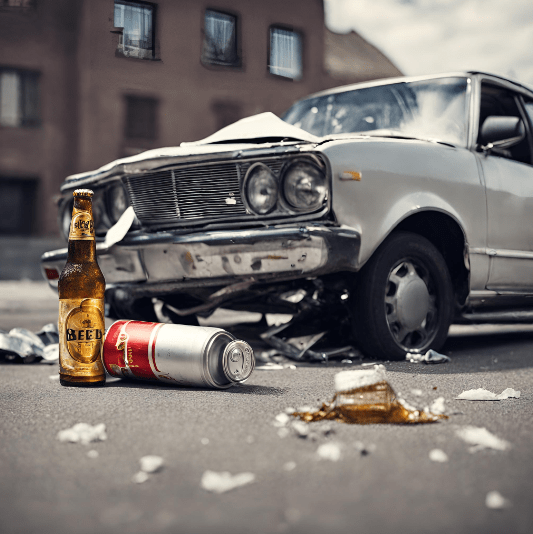
Driving under the influence is a significant issue among teenagers, often overlooked until it impacts someone we know personally. This reality hit me hard on November 14th, 2015, when my 19-year-old cousin drove while intoxicated, ultimately leading to a single-car crash where he lost his life. When he passed it affected so many people. His goal of taking over his father’s business and raising a family disappeared in an instant, all because of alcohol. Unfortunately, many people have similar stories as mine.
The leniency of legal consequences for first-time DUI offenders, particularly young drivers, is a serious concern. As Noah Wolfenstein discusses in the Marquette Law Review, in Wisconsin, a first offense OWI can result in a fine of $150-$300 and a driver’s license revocation for six to nine months. However, it is not classified as a criminal offense. Such relatively mild penalties may inadvertently convey the idea that drunk driving is not a significant offense, resulting in only minor inconveniences like a fine or temporary reliance on alternative transportation options.
The problem’s foundation is how easily teenagers can access alcohol. A study in the American Journal of Public Health revealed that 17% of students reported drinking and driving in the previous month. This alarming statistic sheds light not only on underage drinking but also on the disturbingly easy access teenagers have to alcohol. The New York Times reports that 21% of young drivers involved in fatal crashes had been drinking, underscoring the severity of this issue.
These are not mere numbers; they represent the lives of young individuals at the beginning of their adult journey, lives that are abruptly cut short or forever altered due to the consequences of drunk driving. Despite an increase in awareness and the implementation of stricter laws, drunk driving among teenagers remains a prevalent issue. The importance of continued education on the dangers of drunk driving cannot be overstated. Young people need to be made aware of safer alternatives, such as using ride-sharing services like Uber or relying on designated drivers.
In order to effectively address teenage DUI, it is necessary to enhance legal deterrents alongside educational initiatives. The existing penalties do not sufficiently dissuade young people from making harmful decisions. A balanced approach, incorporating both punishment and rehabilitation, particularly for first-time offenders, is crucial. Strengthening the enforcement of current laws and integrating educational programs into schools and communities would be more effective in reducing teenage DUI incidents.
Works Cited
Escobedo, Luis G., et al. “Patterns of Alcohol Use and the Risk of Drinking and Driving among High US High School Students.” American Journal of Public Health, vol. 85, no. 7, July 1995, pp. 976–78. EBSCOhost, https://doi.org/10.2105/AJPH.85.7.976.
Gonchar, Michael. “Is Drinking and Driving Still a Problem for Teenagers?” New York Times, 29 May 2013, Academic OneFile, https://archive.nytimes.com/learning.blogs.nytimes.com/2013/05/29/is-drinking-and-driving-still-a-problem-for-teenagers/
Wolfenstein, Noah. “The First Offense Is Just a Ticket? How Culture and Lobbying Shaped Wisconsin’s Drunk Driving Law, and What to Do about It.” Marquette Law Review, vol. 106, no. 2, Dec. 2022, pp. 451–84. EBSCOhost, research.ebsco.com/linkprocessor/plink?id=59b97ebf-fdfb-3a12-88f4-451af218a4c0.